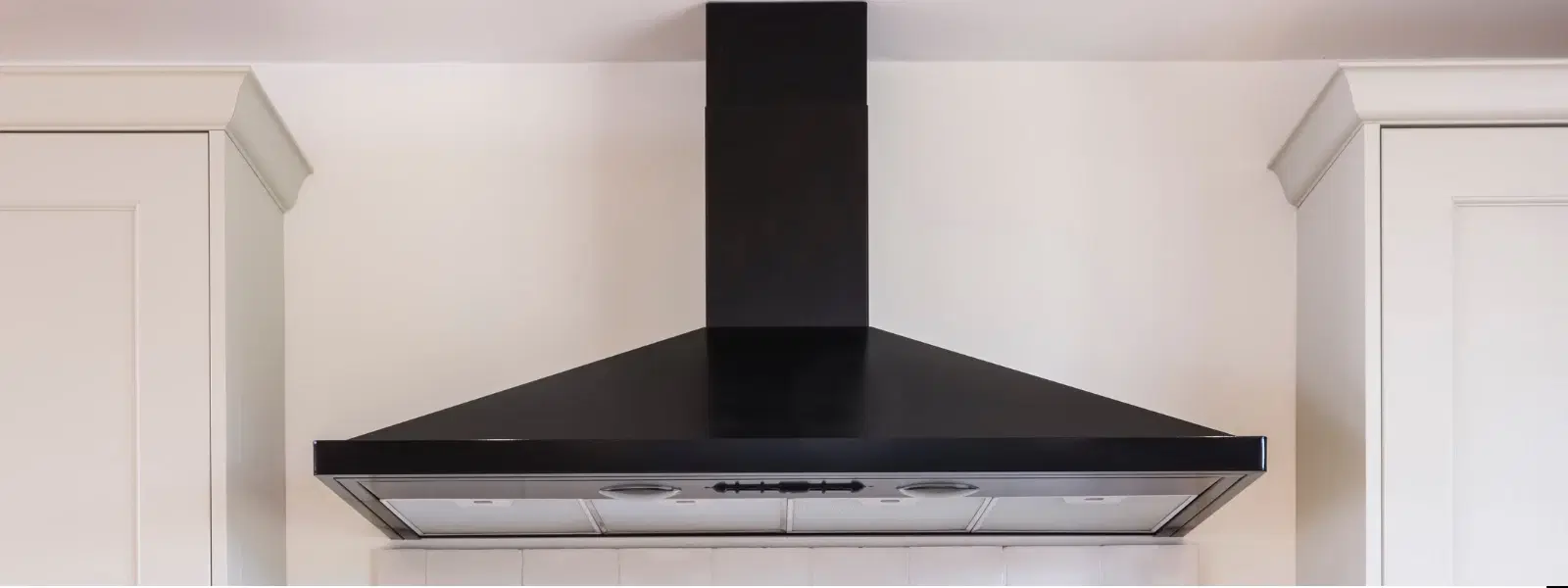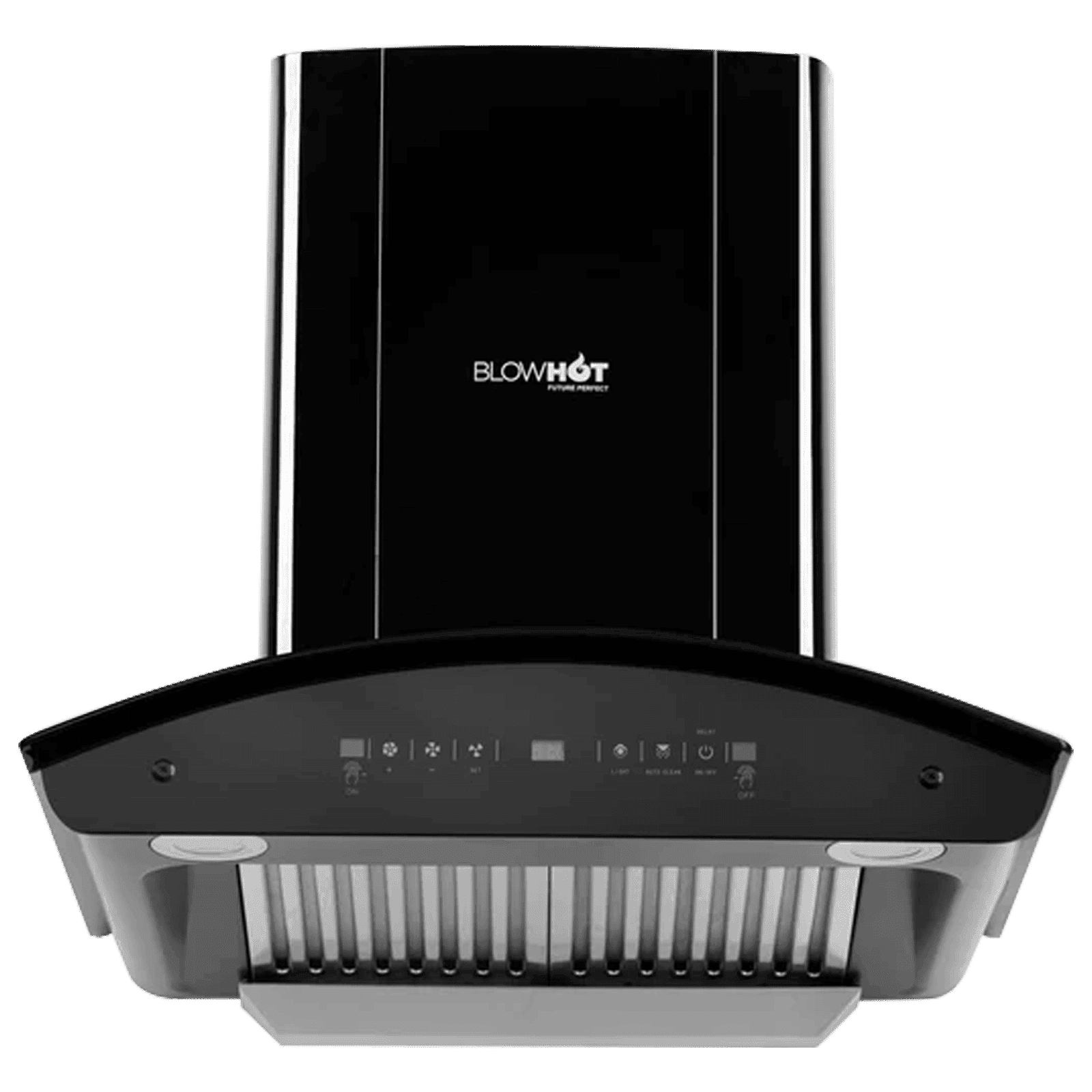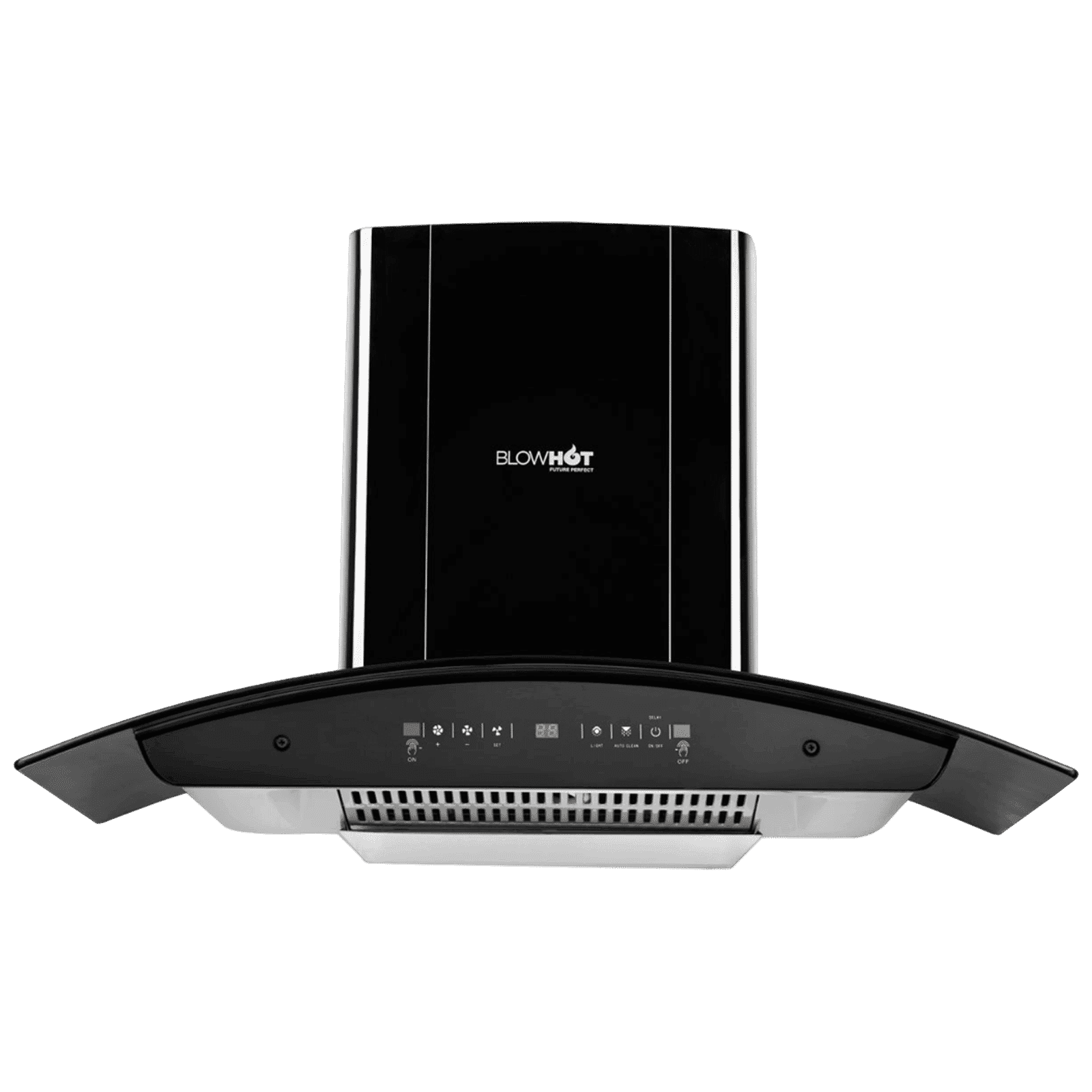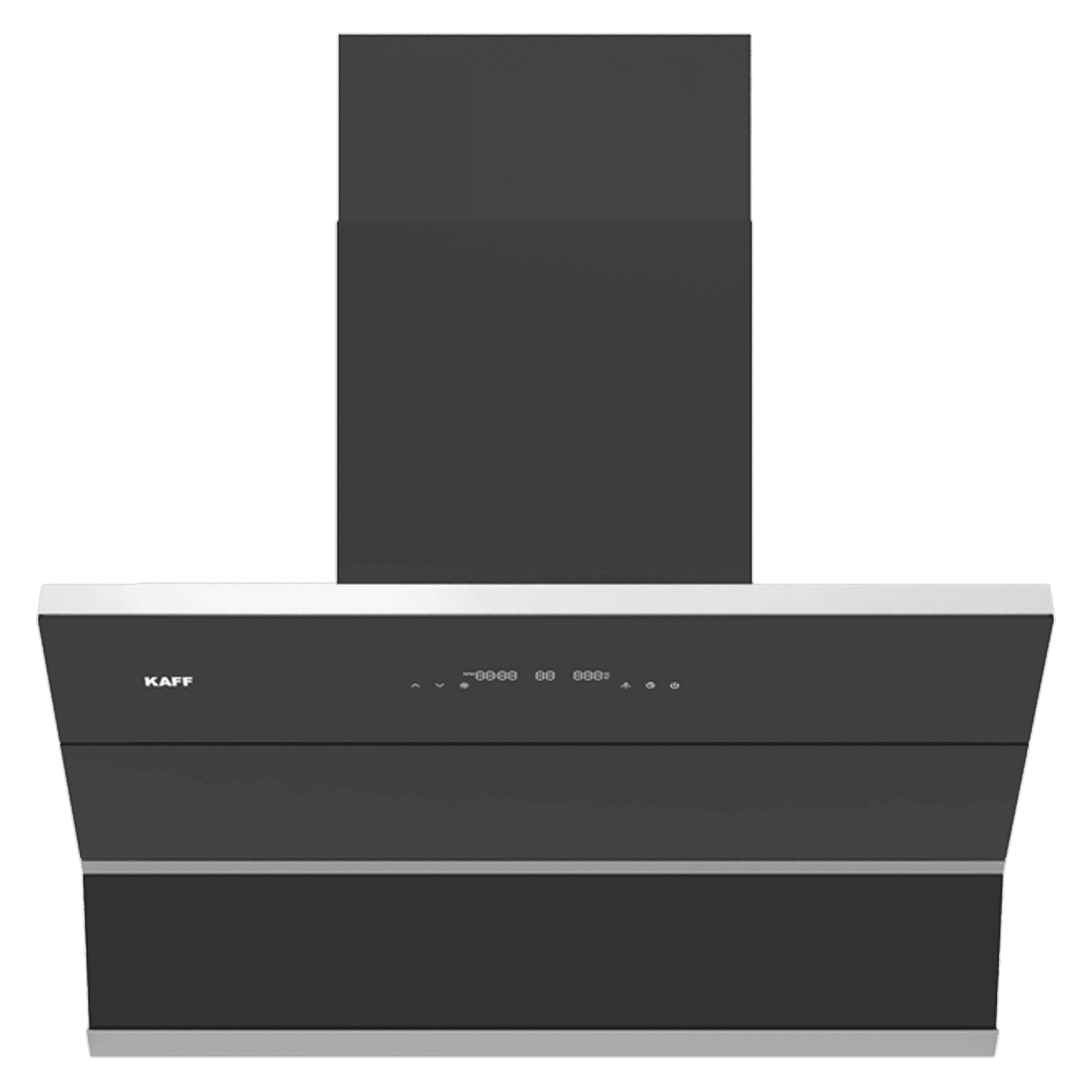
Home Appliances
•04 min read

Buy BLOWHOT ERICA TAC MS PLUS 60cm 1450m3/hr Ductless Auto Clean Wall Mounted Chimney with Motion Sensor (Black) online at best prices from Croma. Check product details, reviews & more. Shop now!
Setting up a Kitchen Chimney might seem daunting at first, but with the right guidance, it can transform your cooking space into a cleaner, healthier, and more efficient environment. This comprehensive FAQ serves as your ultimate Kitchen Chimney guide, offering insights on everything from the basics of chimney setup and installation to maintenance tips and troubleshooting common issues.
A kitchen chimney is a vital appliance designed to improve air quality by efficiently removing smoke, grease, and odours while you cook. It not only contributes to a cleaner kitchen environment but also plays a significant role in ensuring your cooking space remains comfortable and hygienic. As modern kitchens continue to evolve, having a well-installed chimney is becoming a cornerstone of effective kitchen ventilation.
When exploring your options, you will find several types of kitchen chimneys available, including ducted, ductless, wall-mounted, and island models. Each type comes with its own set of pros and cons. For instance, ducted chimneys are known for their robust performance, while ductless models offer flexibility in installation. It is essential to understand your kitchen layout and cooking habits to determine which option is best for your home.
Before embarking on a chimney installation, several factors need to be considered. Selecting the right chimney size is crucial since it should align with the dimensions of your stove and kitchen layout for optimum performance. Additionally, ensuring that your current ventilation system is compatible with the new chimney is important. Understanding various chimney ducting options can help in achieving a seamless installation process.
Homeowners often wonder if they should install the chimney themselves or enlist professional help. While a DIY installation might appeal to those who like to handle projects personally, the technical details such as chimney pipe installation and routing the chimney pipe through the roof require precision. Hiring a professional ensures adherence to local building codes and safety regulations, reducing any risk of errors and ensuring the appliance is safely installed.

Buy BLOWHOT ERICA TAC MS PLUS 90cm 1450m³/hr Ductless Auto Clean Wall Mounted Chimney with Motion Sensor (Black) online at best prices from Croma. Check product details, reviews & more. Shop now!
Installing a kitchen chimney involves several steps. First, ensure that you have covered your pre-installation requirements, including the proper selection of chimney size and compatible ducting options. Then, follow the construction guidelines provided in the installation manual, which often include reference points for both chimney pipe installation and ensuring the pipe is correctly routed through the roof. This systematic approach guarantees a secure setup and optimal performance.
Pro Tip from Tata Neu
Did you know? Regular chimney maintenance not only improves its efficiency but also extends its lifespan. Schedule a professional inspection at least once a year to ensure optimal performance.
Maintaining your kitchen chimney is as important as the installation process. A routine chimney cleaning process is recommended every 3-6 months, depending on usage and types of food cooked. Using the right cleaning tools and supplies will ensure that the grease and dirt buildup is effectively removed, keeping the appliance running efficiently. Remember, routine maintenance is key to extending the lifespan of your chimney and ensuring a healthy kitchen environment.
Even with a well-installed chimney, occasional issues might arise. Common signs of malfunction could include excessive smoke, unusual noise during operation, reduced suction, or visible grease accumulation. In such cases, simple troubleshooting steps such as checking duct connections or cleaning the filters can often resolve issues. However, if the problem persists, it is advisable to call in professional help for a comprehensive assessment and repair.
Selecting the best chimney for your home requires careful consideration of factors such as chimney size selection, your kitchen’s layout, cooking habits, and your budget. A careful review of these aspects will lead you to identify the best chimney for home, ensuring optimal performance and energy efficiency. The right balance between functionality and design can significantly enhance the overall atmosphere of your kitchen.
Another pivotal consideration is the ventilation system. With options ranging from ducted to ductless chimneys, it is important to choose the system that complements your kitchen’s design. For kitchens with limited space or those in urban settings, a ductless system might be preferable. In contrast, larger kitchens may benefit from robust ducted models that effectively expel smoke and odours. Matching your kitchen chimney guide with the most suitable ventilation system allows you to enjoy a fresher and more enjoyable cooking experience.

Buy KAFF FALCON DX 90 90cm 1280m³/hr Ducted Auto Clean Wall Mounted Chimney with BLDC Motor (Black) online at best prices from Croma. Check product details, reviews & more. Shop now!
The cost varies depending on the type of chimney, installation complexity, and region, but it typically ranges from Rs.150 to Rs.1,500.
Yes, it is legal in most areas, but you must follow local building codes and safety regulations. Hiring a professional is recommended for compliance and safety.
The ideal size depends on your stove dimensions and kitchen layout. A general rule is to match the chimney width to the stove's width for optimal efficiency.
It is recommended to carry out the chimney cleaning process every 3-6 months, depending on your cooking habits.
Signs include excessive smoke, unusual noise, reduced suction, and visible grease buildup.
In summary, a well-chosen and properly installed kitchen chimney is essential in maintaining a clean and smoke-free cooking environment. Following the correct chimney installation steps, ensuring regular upkeep through effective chimney maintenance tips, and addressing any issues through troubleshooting can transform your cooking space into an efficient and modern area. With the added benefits of features such as NeuCoins rewards and express delivery options available through Tata Neu, you can enjoy not only a functional but also a smart and rewarding appliance shopping experience.